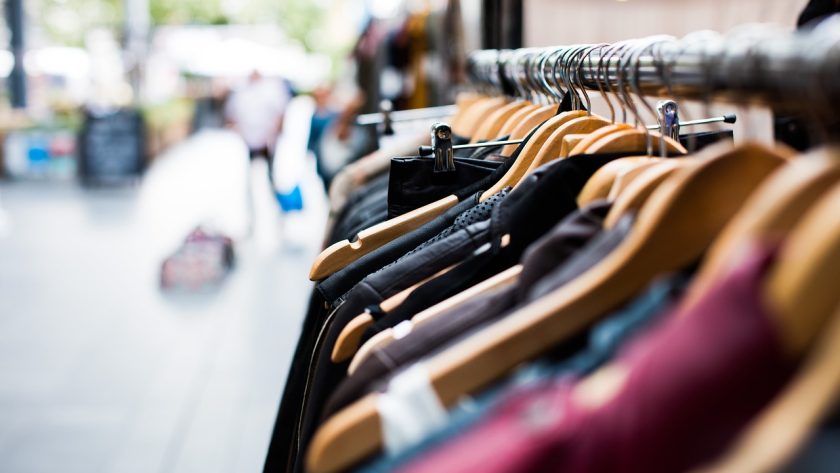Clothing dropshipping is a popular e-commerce business model that allows entrepreneurs to sell apparel without holding inventory or managing shipping logistics. It’s a low-risk, cost-effective way to start an online clothing store. Here’s a step-by-step breakdown of how clothing dropshipping works:
1. Set Up Your Online Store
- Choose an e-commerce platform like Shopify, WooCommerce, or BigCommerce to create your online store.
- Customize your store with a professional design, logo, and product categories that align with your brand.
2. Find a Dropshipping Supplier
- Partner with a reliable dropshipping supplier or platform that specializes in clothing. Popular options include:
- Print-on-Demand (POD) suppliers like Printful, Printify, or BlueDoba for custom-designed apparel.
- Wholesale dropshipping suppliers like Oberlo, Spocket, or Modalyst for pre-designed clothing.
- Ensure the supplier offers high-quality products, fast shipping, and good customer service.
3. Add Products to Your Store
- Browse your supplier’s catalog and select clothing items (e.g., t-shirts, hoodies, dresses) to sell in your store.
- Import product descriptions, images, and pricing directly from the supplier to your store.
- Customize product listings to reflect your brand’s voice and style.
4. Market Your Clothing Store
- Use digital marketing strategies to attract customers:
- Social Media Marketing: Promote your products on platforms like Instagram, TikTok, and Facebook.
- Influencer Marketing: Collaborate with influencers to showcase your clothing.
- Search Engine Optimization (SEO): Optimize your website to rank higher on Google.
- Paid Advertising: Run targeted ads on Google or social media to drive traffic.
5. Receive Orders from Customers
- When a customer places an order on your website, you collect the payment and keep the profit margin (the difference between the retail price and the supplier’s cost).
- The customer’s order details (e.g., size, color, shipping address) are automatically forwarded to your dropshipping supplier.
6. Supplier Fulfills the Order
- Your dropshipping supplier prepares the order by packaging the clothing item and shipping it directly to the customer.
- The supplier handles all inventory management, packaging, and shipping logistics.
7. Customer Receives the Product
- The clothing item is delivered to the customer, typically with your store’s branding on the packaging (if applicable).
- You may also provide tracking information to the customer to enhance their shopping experience.
8. Handle Customer Service
- While the supplier handles fulfillment, you’re responsible for customer service. This includes:
- Responding to customer inquiries.
- Addressing issues like returns, refunds, or damaged items.
- Maintain clear communication with your supplier to resolve any fulfillment-related problems.
Key Advantages of Clothing Dropshipping:
- Low Startup Costs: No need to invest in inventory or warehouse space.
- Wide Product Selection: Easily test and sell trending clothing items without financial risk.
- Scalability: Focus on marketing and growing your store while the supplier handles operations.
- Flexibility: Run your business from anywhere with an internet connection.
Challenges to Consider:
- Lower Profit Margins: Dropshipping often involves higher product costs compared to bulk purchasing.
- Shipping Times: Some suppliers may have longer shipping times, which can affect customer satisfaction.
- Quality Control: Since you don’t handle the products, rely on supplier reviews and samples to ensure quality.
Tips for Success in Clothing Dropshipping:
- Choose a Niche: Focus on a specific clothing niche (e.g., sustainable fashion, streetwear, or fitness apparel) to stand out.
- Work with Reliable Suppliers: Research suppliers thoroughly to ensure they meet your standards for quality and shipping.
- Optimize Your Store: Provide a seamless shopping experience with clear product descriptions, high-quality images, and easy navigation.
- Build a Brand: Create a unique brand identity that resonates with your target audience.
By understanding how clothing dropshipping works and implementing effective strategies, you can build a profitable online clothing business with minimal upfront investment. Whether you’re selling custom designs or trendy apparel, this model offers a flexible and scalable way to enter the fashion industry.
.png)



